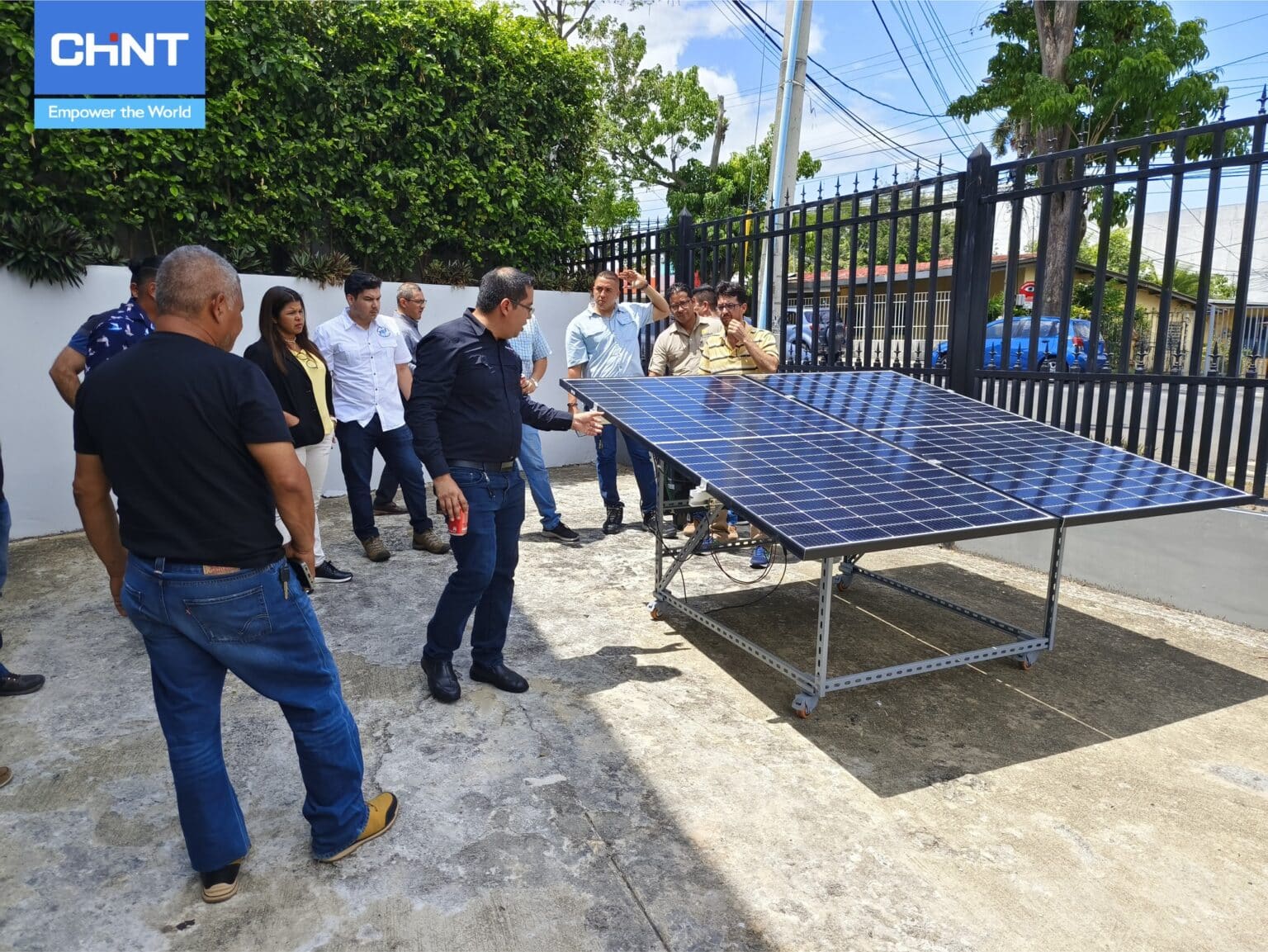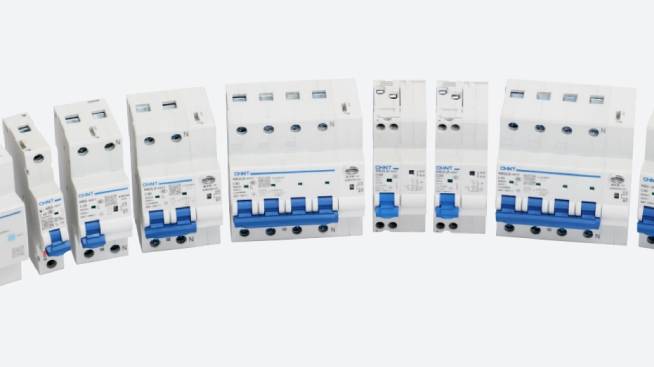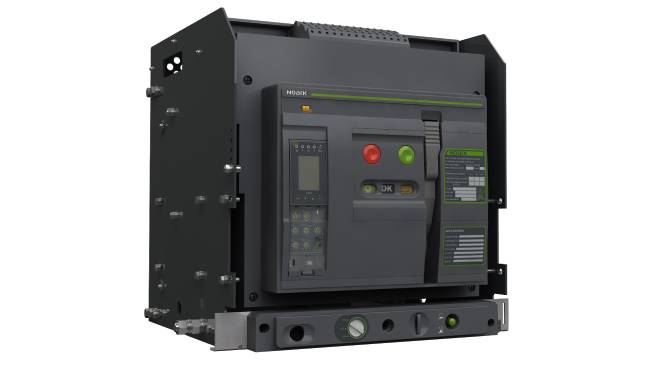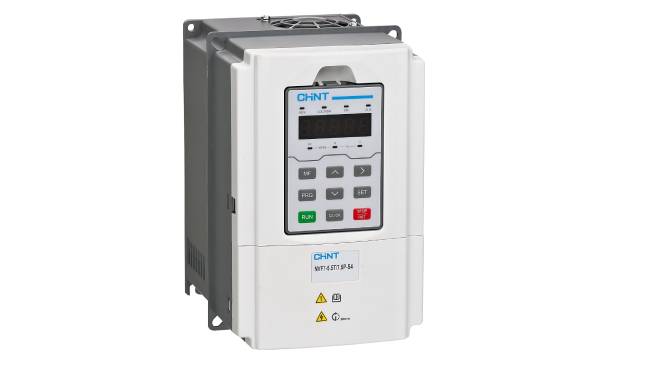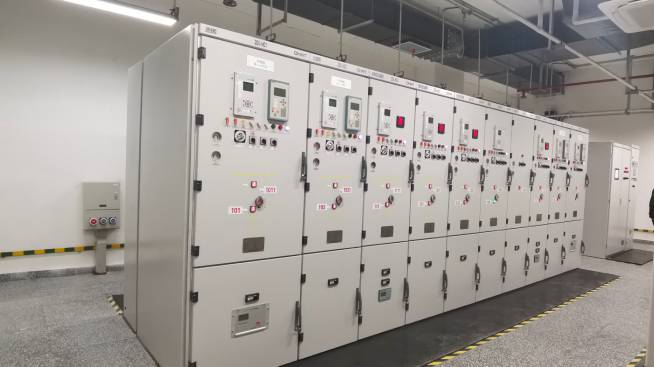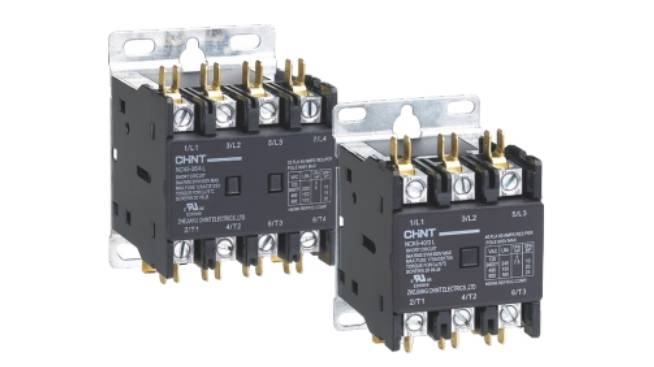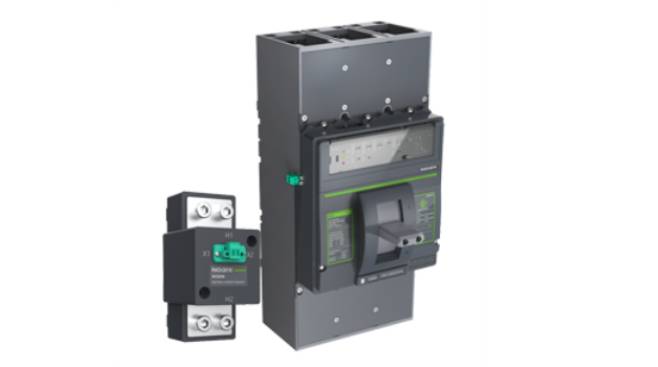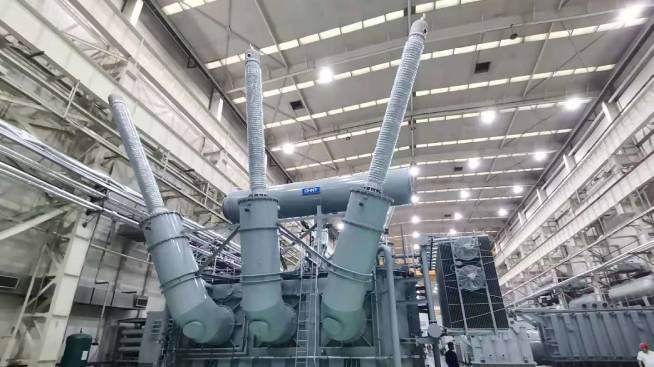[2024 Update] : |
|
Solar energy is becoming an increasingly popular way to help reduce energy bills and create a more self-sustainable home for homeowners. When you first start checking out solar energy systems, you’ll notice that solar panels are available in two different types.
These include n-type panels and p-type panels. Knowing the difference between the two will help you to best determine which one fits your specific needs and budget.
Materials and Structure of a Solar Cell
The construction of a particular solar cell is going to vary slightly depending on the specific technology that is utilized to manufacture it. In most solar cells, there is an aluminum back surface field and a P-N Junction. At the P-N junction, there are p-type crystalline silicon wafers that are positively charged and n-type crystalline silicon wafers that are negatively charged.
One of the biggest differences between n-type and p-type solar cells is what type of crystalline silicon (c-Si) wafers make up the bulk region and which ones make up the thinner emitter region. Both of these wafers work together to create an internal electric field inside the solar cell to generate energy.
What are N-Type Solar Panels?
With an n-type solar panel, the bulk c-si region is negatively charged thanks to the wafer being doped with phosphorus. Its top emitter layer is negatively charged thanks to being doped in boron.
N-type solar panels are starting to become more popular because they provide the major advantage of not being susceptible to light-induced degradation as P-type solar panels have been discovered to be. These N-type solar panels can be utilized in all types of construction and have a longer lifespan. However, they do cost more than traditional P-type panels.
What are P-Type Solar Panels?
P-type solar panels have a prominent bulk c-si region that is negatively charged since it has been doped in boron. Its top emitter layer is positively charged because it’s been doped with phosphorus. P-type solar panels are more popular on the market today than n type of solar panels.
This is thought to be due to the fact that p-type solar cells stand up better to radiation, have been more widely used in space applications, and have gone under more research than n type panels. Due to their vast availability, p-type panels are typically more cost-effective for the average homeowner. In fact, Chint Global features two main P-type panels, including the AstroSemi and AstroTwins.
N-Type VS. P-Type Solar Panels
Apart from slight changes in their construction, both n-type and p-type solar panels are becoming popular options for homeowners throughout the nation. It’s important to understand the differences in their performance, durability, efficiency, and cost-effectiveness to help you make a better-informed decision about which one is perfect for your solar energy system.
When it comes to performance and efficiency, the N-type solar panels do stand out slightly against the p-type solar panels. N-type solar panels have an efficiency level of 25.7% as compared to 23.6% of P-type panels. A known defect of the p-type panel is its light-induced degradation.
P-type panels are dipped in boron, which will interact with oxygen in the air and decrease a panel’s performance by up to 10% over time. With p-type panels initially constructed for space use where there is a lack of oxygen, this wasn’t initially a problem. However, when using these panels for residential use here on earth, they can be slightly less effective than n-type panels.
When comparing overall lifespan, n-type solar panels do have a longer lifespan than p-type solar panels due to their construction. However, when it comes to price, p-type dominates n-type setups.
This is simply due to the fact that p-type solar panels have been around for much longer, and there is more production technology out there to produce these p-type panels at a cheaper cost than n-type panels.
Pros and Cons of N-type and P-type Solar Panels
One of the best ways to help determine which solar panel is right for you is to compare the n type vs p type panels side by side. We’re going to break down each type of panel’s advantages and disadvantages below to help you get a clearer picture of each.
Pros of N-Type Panels
- Not Susceptible to Light-Induced Degradation
- Long Lifespan
- Higher Conversion Efficiency Than P-Type Panels
Cons of N-Type Panels
- More Expensive
- Not as Widely Available
Pros of P-Type Panels
- More Affordable
- Widely Available
- High Resistance to Radiation
Cons of P-Type Panels
- Suffer From Light-Induced Degradation Defect
- Not as Long Lasting as N-Type Panels
Which Solar Panel is Right for You?
When you first start picking out components for your new solar energy system, you need to determine whether N-type or P-type solar panels are best for you. When it comes to determining P-type vs N-type panels, you’ll want to consider factors like your budget, energy needs, and available installation space.
When looking at the simple cost of installation, N-type solar panels are going to come at a higher upfront cost than P-style panels. When it comes to energy needs, the N-type solar panels are going to be able to produce more energy due to their higher efficiency level than the N-style panels.
The amount of available space you have to install the panels will have a big impact on which type you choose. If you don’t have a lot of space but have high energy needs, then you’re better off purchasing the N-style panel that will work at a higher efficiency level.
However, if you have a larger space available for installation and you’re more concerned about your budget, you may want to go with the N-style panels that are slightly less efficient but more affordable for the average homeowner.
Knowledge about Other Type of Solar Panel
Conclusion
When it’s time to invest in a solar energy system for your home, you want to start the process by becoming better informed about the differences between the N-type and the P-type solar panels. Be sure to check out Chint Global’s lineup of AstroSemi and AstroTwin products.
FAQ about N-Type & P-Type Solar Panels
What is the primary difference between N-Type and P-Type solar panels?
How does the performance of N-Type and P-Type solar panels compare in high temperatures?




